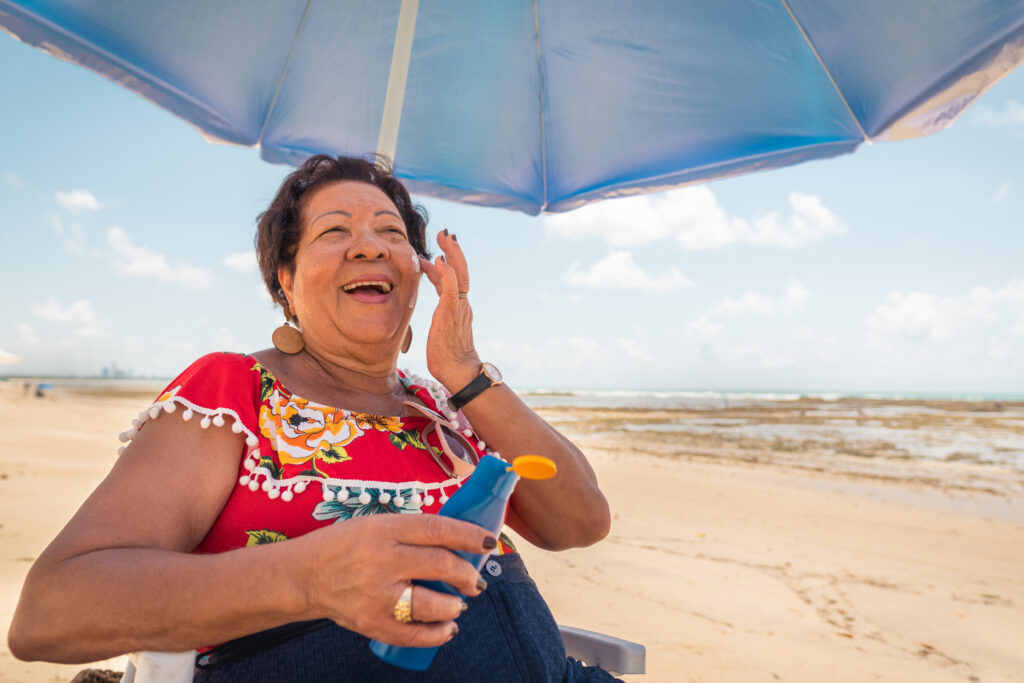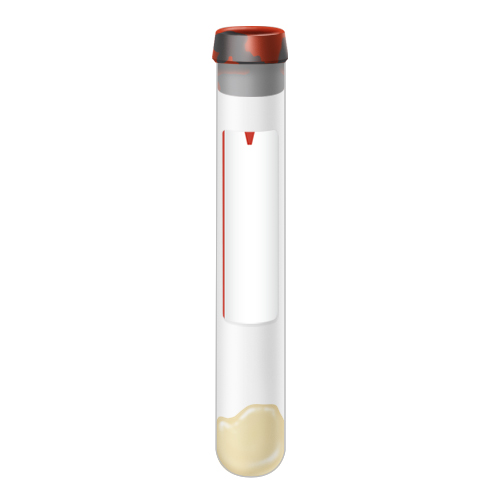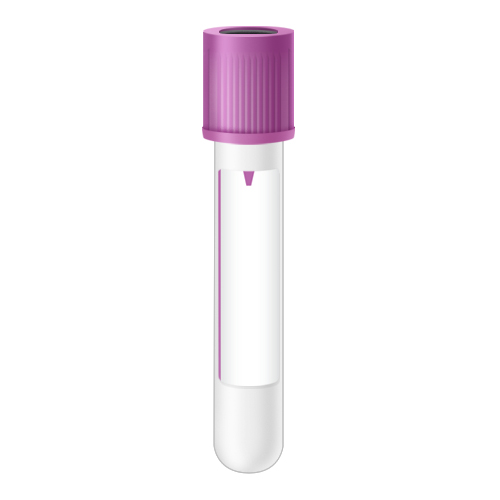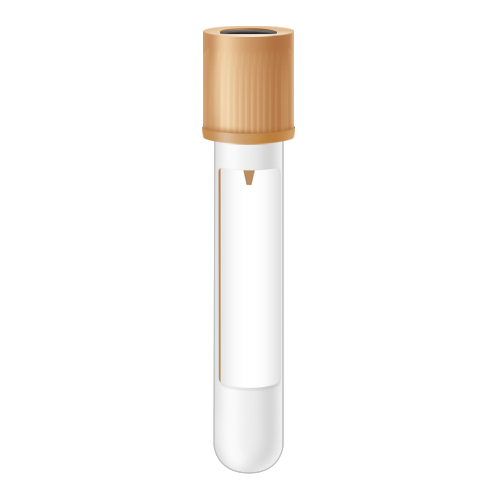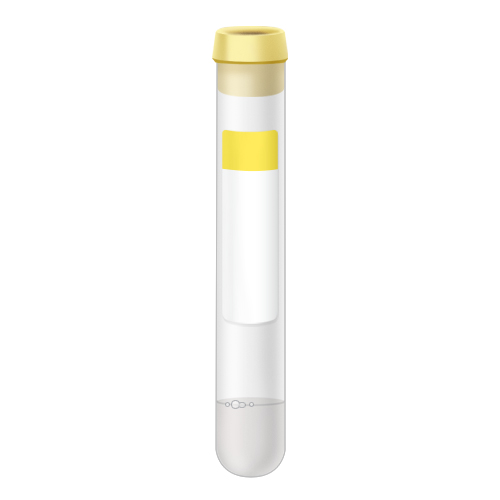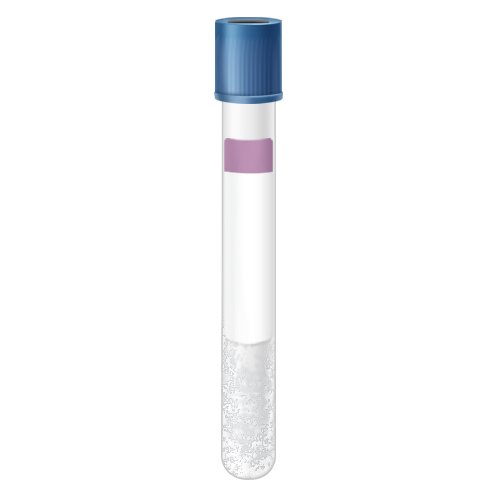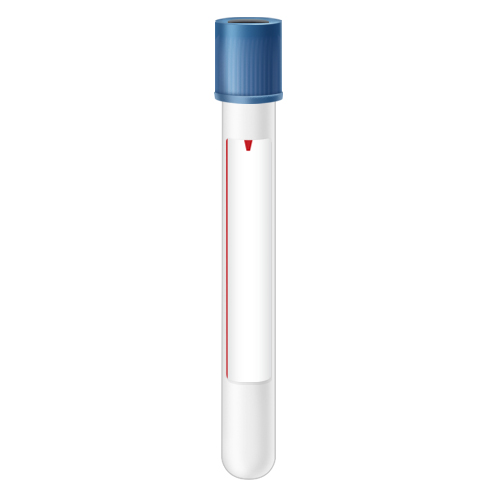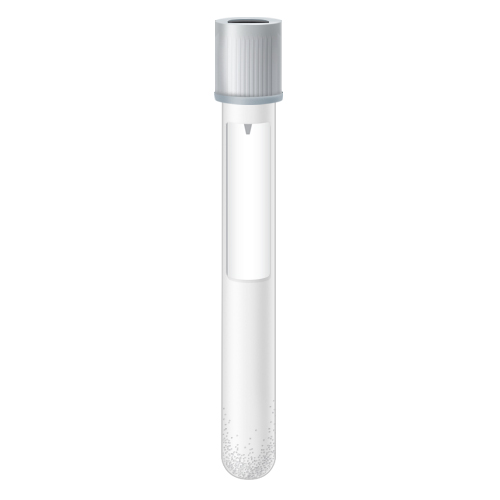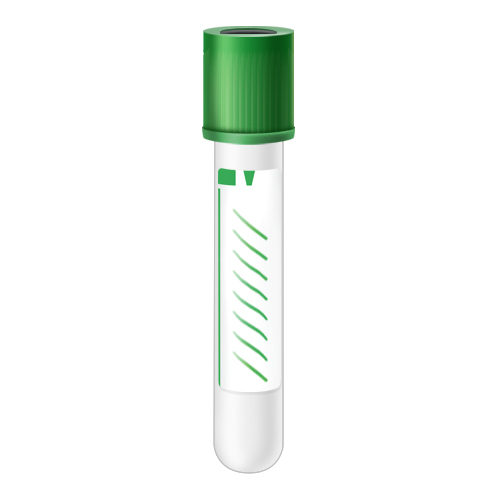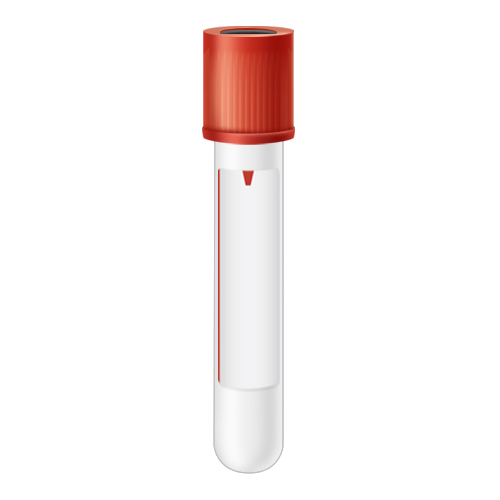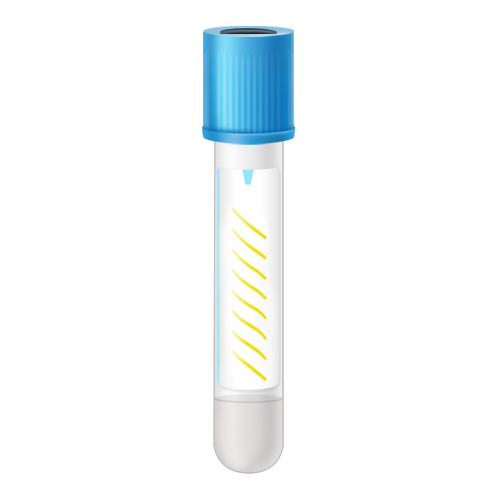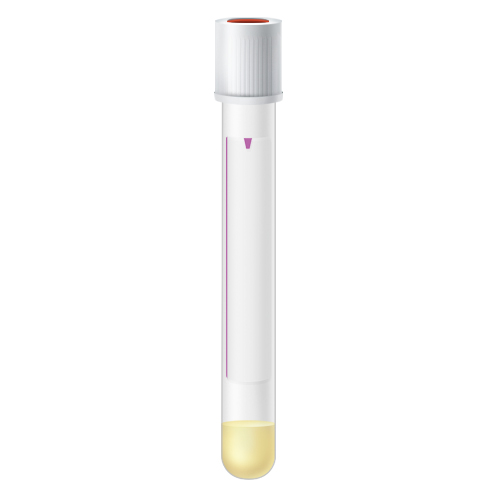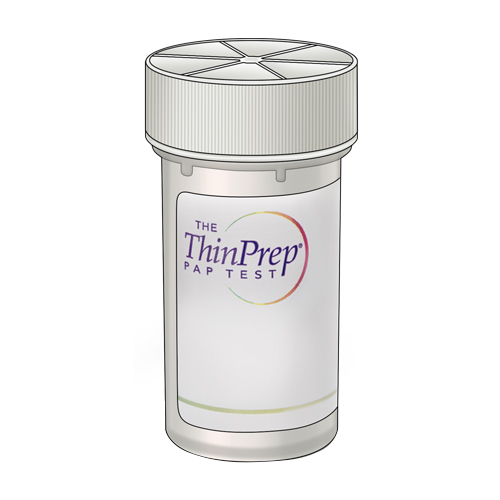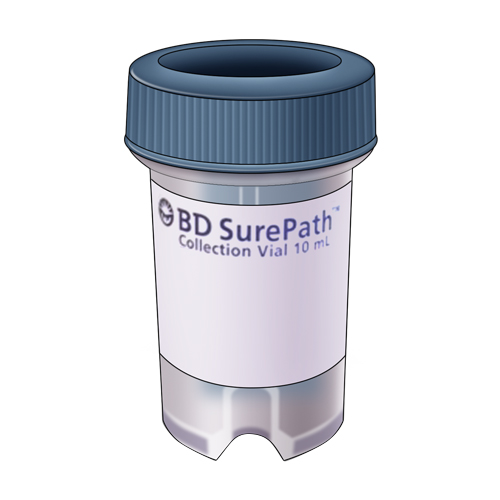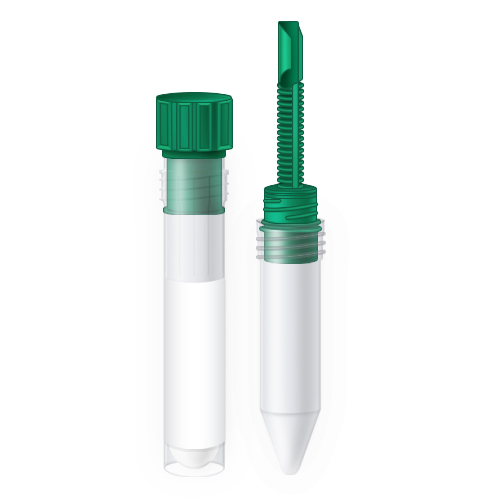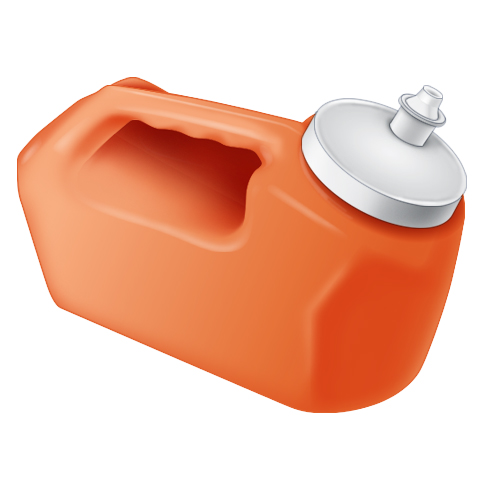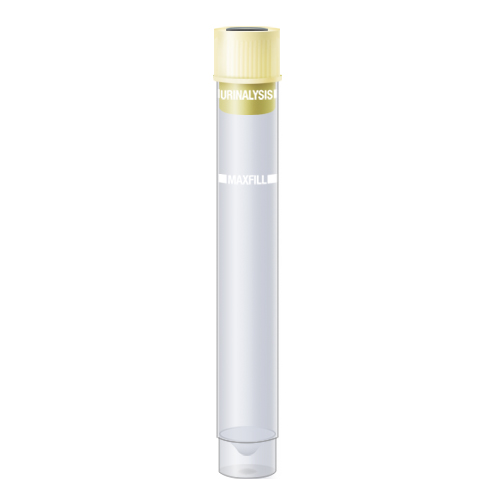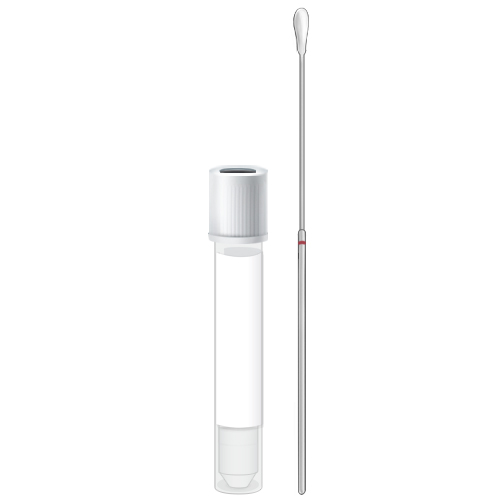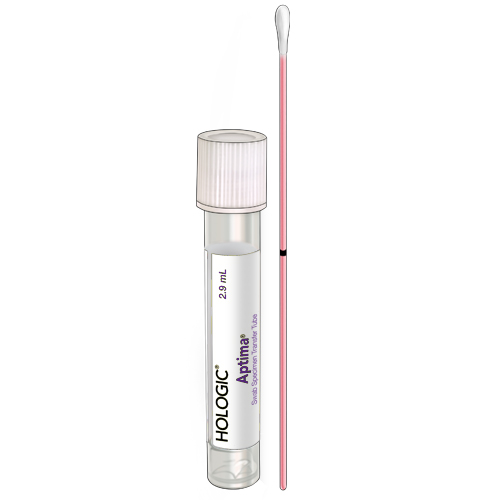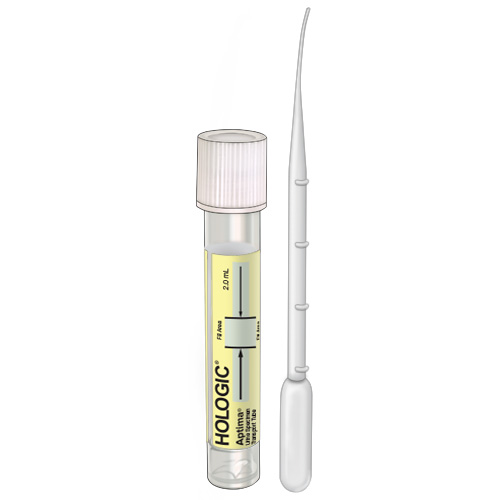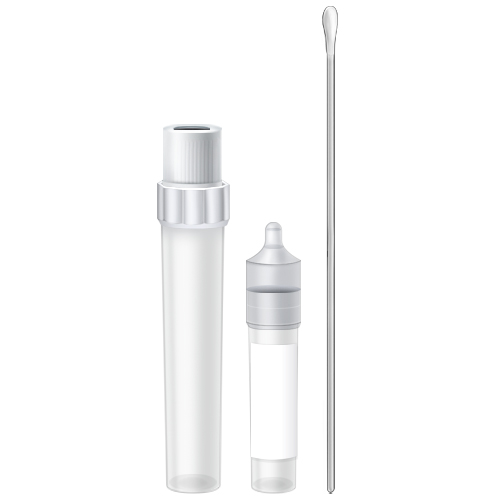July is UV Safety Month – an excellent reminder to protect your skin from ultraviolet (UV) rays that can cause skin cancer.1 Sun safety is important year-round, but it’s especially essential in the summer when UV rays reach peak strength across the continental U.S.2 For UV Safety Month, we’re highlighting some information about skin cancer and sun safety, and emphasizing the importance of checking in on your skin.
Skin Cancer – Get the Facts
Skin cancer is the most common cancer in the U.S., so it’s important to be aware of the basics.1 Consider the following facts and stats:
- Most cases of skin cancer are caused by overexposure to UV rays from the sun, tanning beds, or sunlamps.1
- 1 in 5 Americans will develop skin cancer by the age of 70.3
- The two most common types of skin cancer are basal and squamous cell skin cancer, named for the layers of skin where the cancer originates.4
- The third most common type of skin cancer – melanoma – begins in the cells that make melanin (melanocytes).
While skin cancer is prevalent, the good news is the Centers for Disease Control and Prevention (CDC) reports that both squamous and basal cell cancer can usually be cured.4 When melanoma is detected early, the 5-year survival rate is 99%, according to the Skin Cancer Foundation.3
Who Is at Risk for Skin Cancer?
Anyone can get skin cancer – though certain people may have characteristics or make lifestyle choices that increase their chance of developing the disease. The risk factors for skin cancer include:5
- Exposure to UV rays: including sunlight and tanning beds.
- Skin tone and other characteristics: people with naturally lighter skin, red or blond hair, and blue or green eyes may be at greater risk, as well as those with skin that is painful in the sun or burns, freckles, and/or reddens easily.
- Age: your risk for skin cancer increases as you get older.
- Atypical moles: including certain types of moles as well as a large number of moles.
- History: a personal or family history of skin cancer raises the chance of developing the disease. For melanoma specifically – having five or more sunburns, especially in childhood, doubles your risk.3
Though many risk factors, like age and genetics, may be out of your control, it’s helpful to focus on those you can change –like protecting yourself from UV rays.
The Importance of Sun Protection
For many people, getting outside is a highlight of the summer season – and there are benefits to doing so. Spending time outdoors can promote physical and mental health. Moderate sun exposure can stimulate the production of vitamin D.6 But, as mentioned above, over-exposure to UV rays is a risk factor for all types of skin cancer. Regarding melanoma, the American Academy of Dermatology (AAD) reports that most cases are attributable to UV exposure. Research suggests regular sunscreen use may reduce that risk.7
Sun Safety Tips
Using an SPF (sun protection factor) of 15 or higher (even on cloudy days), wearing protective clothing like brimmed hats and sunglasses, and limiting time in the sun (especially between 10 AM and 2 PM) can help you stay protected from over-exposure to UV rays.8 Visit the U.S. Food and Drug Administration for more sun safety tips.
Finding Skin Cancer
When it comes to skin cancer, early detection is key. The AAD encourages everyone to perform regular self-exams to check for skin cancer warning signs like changes in the shape, size, or color of a mole or lesion, the appearance of a new skin growth, or a sore that doesn’t heal.7 If you find a skin abnormality, seek guidance from a healthcare provider so they can examine the suspicious spot – they may recommend a biopsy to test for skin cancer.
Skin Cancer Testing With BioReference® and GenPath® Oncology
BioReference® | GenPath® is pleased to assist healthcare providers with the diagnosis of skin cancer, and, when medically indicated, help support customized treatment for patients with advanced cases. With dermatopathologists who are experts in the diagnosis of skin disease, and specialized testing through OnkoSight Advanced™ Next-Generation Sequencing (NGS), BioReference | GenPath offers a targeted approach that can help personalize skin cancer treatment and management.
As you enjoy outdoor adventures this summer, keep in mind that exposure to UV light is the most preventable risk factor for all skin cancers, and stay safe in the sun.7
Sources:
- https://www.cdc.gov/cancer/skin/basic_info/index.htm
- https://www.epa.gov/sunsafety/sun-safety-monthly-average-uv-index
- https://www.skincancer.org/skin-cancer-information/skin-cancer-facts/#general
- https://www.cdc.gov/cancer/skin/basic_info/what-is-skin-cancer.htm
- https://www.cdc.gov/cancer/skin/basic_info/risk_factors.htm
- https://www.cdc.gov/cancer/skin/basic_info/outdoors.htm
- https://www.aad.org/media/stats-skin-cancer
- https://www.fda.gov/consumers/consumer-updates/tips-stay-safe-sun-sunscreen-sunglasses

